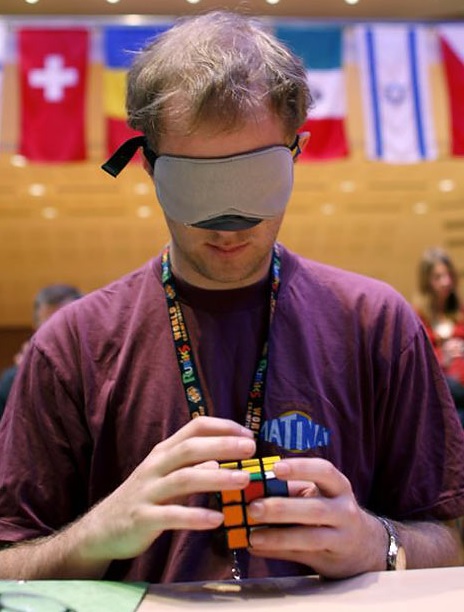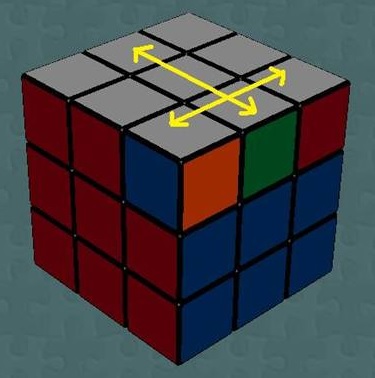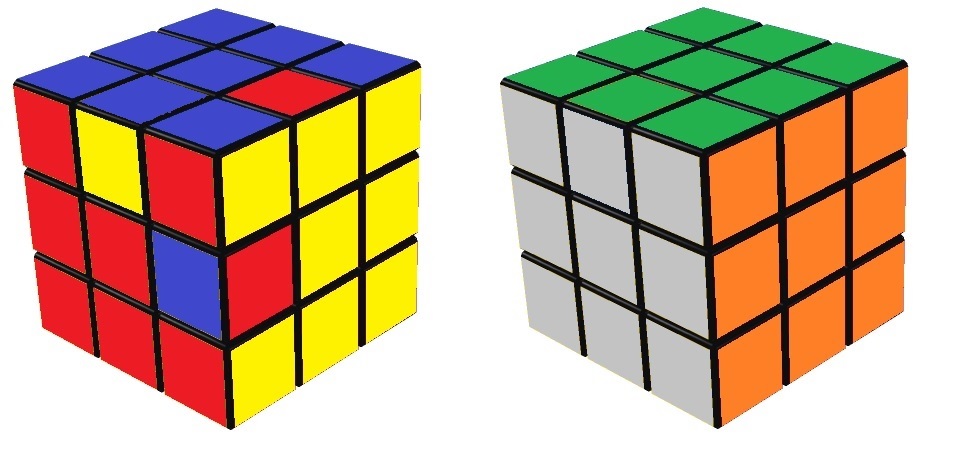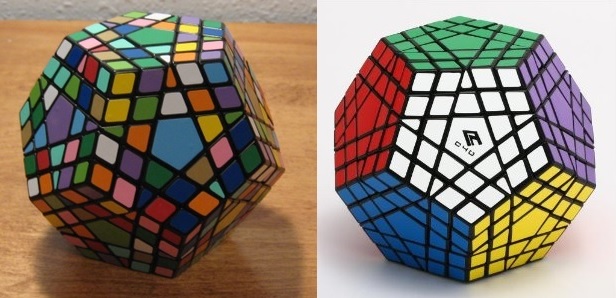Before coming to IITK we all must have been into trying to solve Rubik’s Cube. Before TAKNEEK, 2013 we introduce before you the Rubik’s Cube Hobby Group to provide you the opportunity to learn solving this amazing colorful puzzle and win competitions.
There is only 1 correct answer and 43 quintillion wrong ones for Rubik’s Cube. God’s algorithm is the answer that solves the puzzle in the least number of moves. One eighth of the world’s population has laid hands on ‘The Cube’, the most popular puzzle in history and the colorful brainchild of Erno Rubik.
The club has been helping students to innovate new techniques to solve the cube since its establishment. Here are few examples from summer projects under the club to inspire you:

First in the list is Blind-Folded Solving which aimed to learn how to solve a Rubik’s Cube blind-folded.The main focus was on three primary methods of Blind-Folded Solving viz. OldPochman Method, M2/r2 Method & Beyer-Hardwick Method in order.Blind-Folded Solving is very well known among the official events recognized by WCA (World Cube Association).


Mathematical Analysis & Algorithm Development aimed at understanding & analyzing the mathematics behind a Rubik’s Cube. The basic concepts focused on were Group Theory, Rubik’s Cube Theory, Commutators, Set Theory, God’s Algorithm & Impossible Cases.





